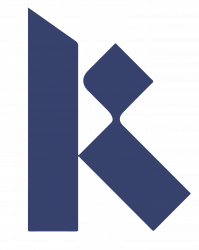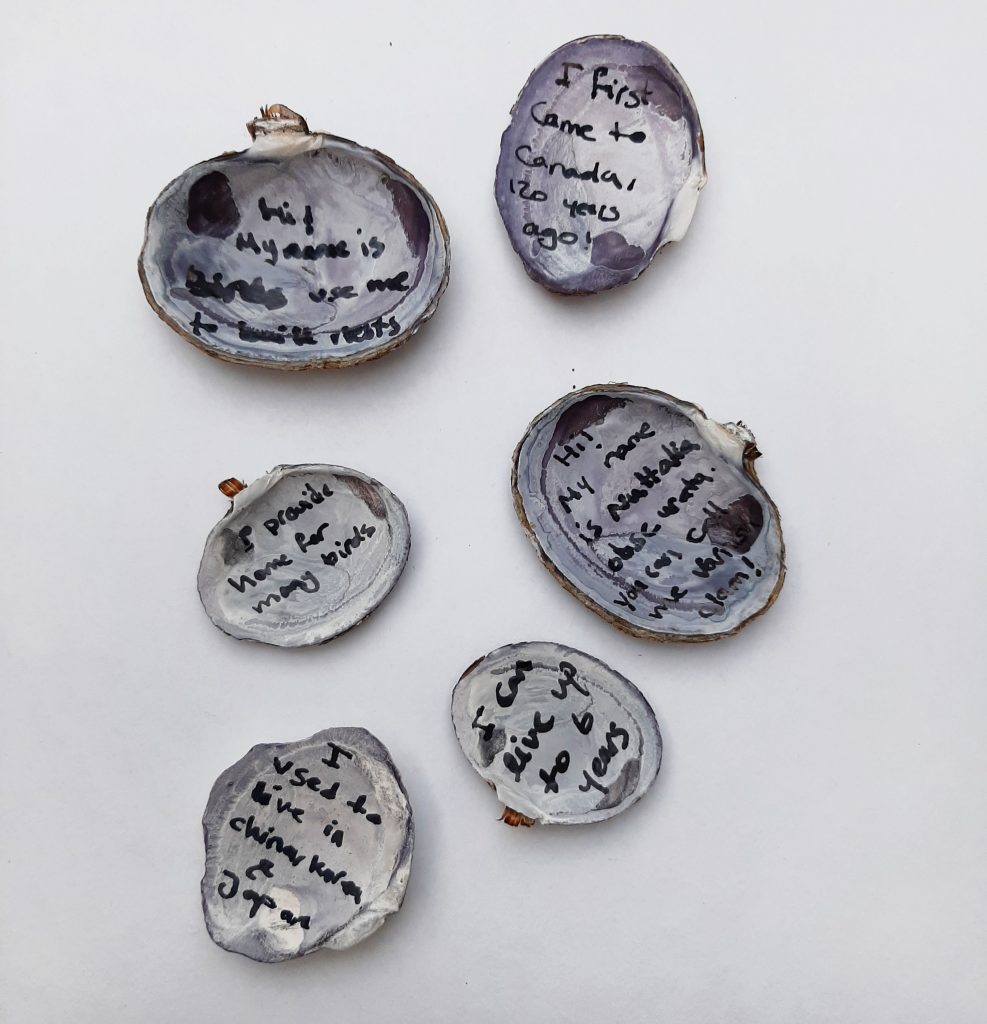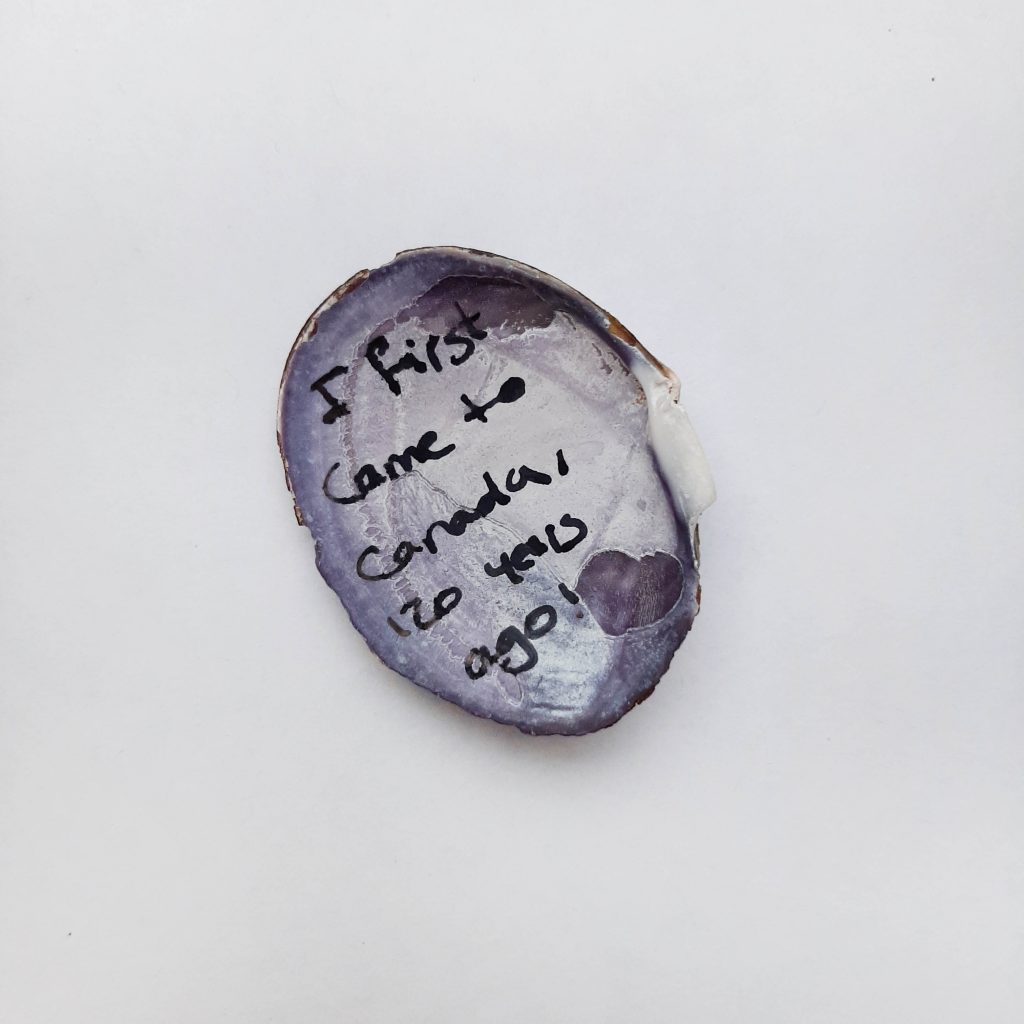In project 1, I set out to discover climate change impacts on a smaller scale; starting with getting to know my neighborhood and my surroundings and how all these elements will be impacted by it. Collecting those seashells and discovering them lead me to questions about re-establishing ties with our natural environment. Can we foster more care and sensitivity towards nature by not seeing it as a separate entity but as a significant part of our daily lives that we interact with?
After I finished my visualizations, I wanted to go back and place the shells that I had gathered back on the beach. The day I had collected them I had seen a lot of kids who were playing on the beach picking things on the beach and playing with them, so I decided to write something on the seashells before I put them back.
Shell Stories
I thought about ways on how we can talk to kids about climate change. I did not want to write about dark predictions and overwhelming conversation about the future of the planet for my shell messages, but rather use it as a simple exercise for kids to take more notice of the nature around them and establish a caring relationship towards nature. The goal should be to connect kids to a world larger than themselves. Re-establishing and fostering a new kind of relationship with our non-human environment is a big step forward to how we view nature and probably we could address climate change.
I created a simple 10 step storyline that had small facts about life and the importance of shells(from the perspective of the shell) and I wrote them in the shells before I put them back on the beach. I numbered the shells as a way to encourage kids to find the next shell!
Here is the complete story:
1- Hi, My name is Nuttallia obscurata, but you can call me Varnish clam.
2- I originally used to live in Japan, Korea, and China.
3- I first came to Canada 120 years ago on a ship.
4- I am very easy to identify because of my purple coloring.
5- I can live up to 6 years in nature.
6- I am very important in the marine food chain.
7- I provide homes for many animals such as small fishes.
8- Many birds use me to build nests for themselves.
9- You can protect me by taking care of your surrounding nature.
10- Leave me back on the beach for other kids to know me too!


